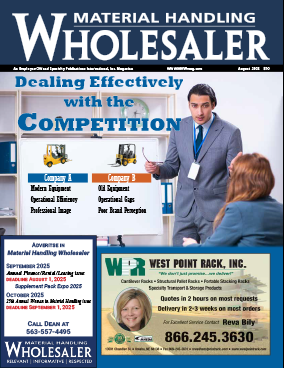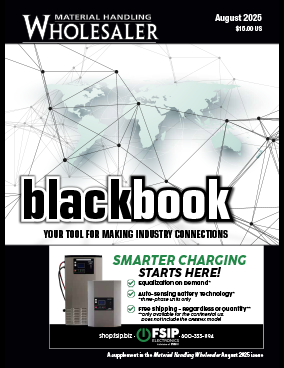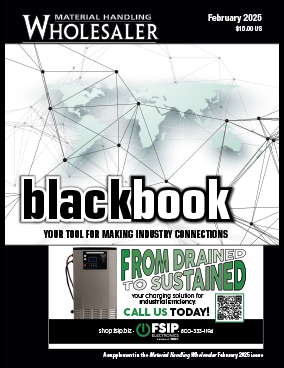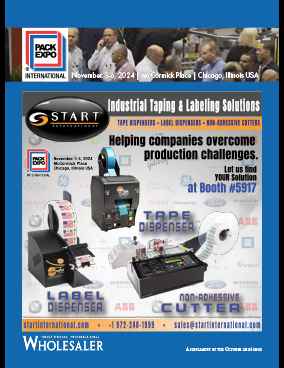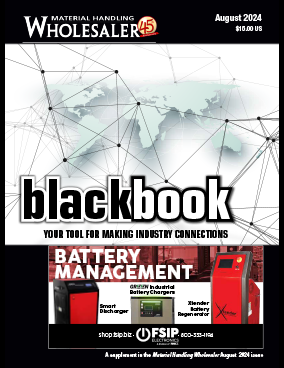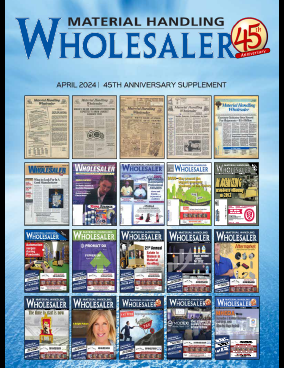There’s a constant push to differentiate in today’s competitive climate. Companies often invest in new products, services, and technologies to help shrink the divide and get a leg up on the competition. It’s a constant struggle and many organizations even create “innovation teams” and programs to discover that next “big idea”.
Most organizations focus on what might be considered the “low hanging fruit”. They examine what competitors are doing and work to create their own flavor of those products or services. They often believe it’s a safe bet and that they’ll simply “do it better” than their competitor, and the revenue will follow. Alternatively, companies will look to differentiate through a unique marketing campaign with a catchy slogan and creative promotions. Or they will conduct a series of internal discussions to identify what they believe customers want and select the most cost-conscious, easily implementable idea that pops out.
However, none of these things are real differentiation.
Differentiation, by definition, is to become distinct. Or rather, to develop unique and distinguishing characteristics. And by that definition, differentiation clearly can’t be achieved by following others, applying a glossy veneer, or doing the things that are easiest for the company to do.
True differentiation comes from within the organization, through a deep, intimate connection with customers. It would be simple for a company to be different based on what they want internally, but the goal is to become different and distinct for the customer. This requires a more comprehensive understanding of what customers’ needs, objectives, and challenges are than your competitors. In short, it’s about what the customer is trying to accomplish, rather than what the organization is trying to accomplish.
Companies struggle with this problem each and every day. No matter how many customer surveys, brainstorming sessions, journey maps, or competitive studies, differentiation remains elusive. And it remains elusive because these organizations seek the shiny object, rather than what’s relevant to the customer. Not every opportunity to differentiate is ground-breaking – the opportunities that have the most impact often are small, subtle, and most of all, relevant to the customer’s bigger objective.
Customers’ basic needs are often quite simple – such as wanting a mortgage application process to have minimal steps and be hassle-free. However, they actually have a bigger objective, which is often not tied directly to that application process, and this is where most organizations miss the mark, and in turn, the opportunity to differentiate.
For example, if a customer is buying a house for the first time, one of their needs might be “getting a mortgage”, but their bigger objective is to “get a home”. This is a very important difference. By understanding the customer’s objective rather than simply a single need, there is almost an infinite number of opportunities to discover ways to differentiate and serve that customer on a whole new level. With the “home” objective in mind, many related objectives can come forth, from getting homeowners insurance, to deciding on paint colors for the living room, to finding a contractor to put on a new deck. These “related objectives” are where companies can use their innovation and creativity to address those objectives and take control of a bigger portion of the overall customer experience.
This is why organizations must re-examine how they look at differentiation, and gain a better understanding of what’s relevant to the customers’ objectives, not simply individual, transactional needs or what the company internally wants to address. Customer objectives and their related objectives provide the opportunity for creating unique differentiation. In short, instead of simply hyper-focusing on addressing basic needs in a different way, focus on serving the unmet, bigger customer objective and related objectives, which might be tangential to your service or offering itself. These tangents must be relevant to the customer’s objectives, and go beyond simply an easy experience or a courteous follow-up from a customer service representative.
The most important thing about differentiation is customer objectives. You can invest in all the bells-and-whistles that your competitors may have, but likely you won’t see the revenue bump you’re seeking. Taking the time to examine a customer’s objectives and relevant objectives will help you uncover that elusive differentiation you’ve been looking for.
About the Author:
Andrea Olson is a strategist, speaker, author, and customer-centricity expert. As the CEO at Pragmadik, she helps organizations of all sizes, from small businesses to Fortune 500, and has served as an outside consultant for EY and McKinsey. Andrea is the author of The Customer Mission: Why it’s time to cut the $*&% and get back to the business of understanding customers and No Disruptions: The future for mid-market manufacturing.
She is a 4-time ADDY® award winner and host of the popular Customer Mission podcast. Her thoughts have been featured in news sources such as Chief Executive Magazine, Customer Experience Magazine, Industry Week, and more. Andrea is a sought-after keynote speaker at conferences and corporate events throughout the world. She is a visiting lecturer at the University of Iowa’s Tippie College of Business, a TEDx presenter and TEDx speaker coach. She is also a mentor at the University of Iowa Venture School.
More information is also available on www.pragmadik.com and www.thecustomermission.com.




